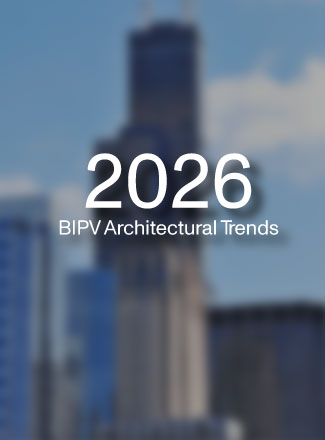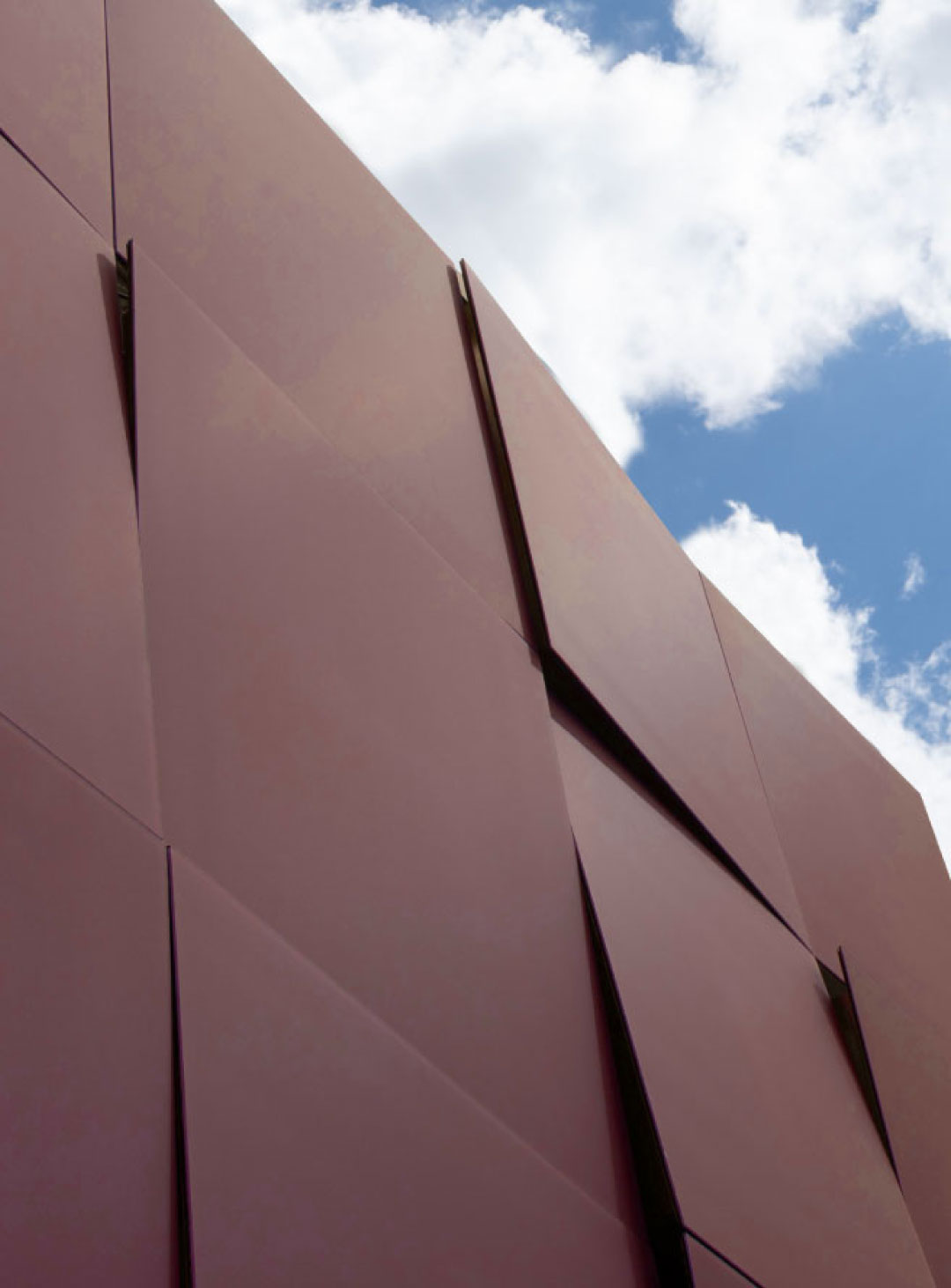
BIPV
August 7, 2024

Sustainability has become a central focus in the construction industry. As the world struggles with climate change and the need to reduce greenhouse gas emissions, architects, builders, and developers are constantly seeking innovative ways to make buildings more eco-friendly. One such innovation is Building-Integrated Photovoltaics (BIPV). BIPV is a cutting-edge technology that combines solar panels with building materials to create aesthetically pleasing, energy-efficient structures. In this blog, we will explore when and how to incorporate BIPV in construction projects to harness the benefits of renewable energy and reduce a building's carbon footprint.
Building-Integrated Photovoltaics (BIPV) offers an exciting opportunity to create sustainable, energy-efficient buildings that generate clean electricity while preserving architectural aesthetics. To successfully incorporate BIPV into construction projects, it's essential to start early in the design phase, collaborate closely with experts, and consider factors like aesthetics, government incentives, and energy management systems. By embracing BIPV, construction projects can contribute to a greener future and reduce their carbon footprint while harnessing the power of renewable energy.
News & Articles

Design-driven solar façades are the future—and in 2026, building-integrated photovoltaics (BIPV) must meet high architectural standards as well as performance benchmarks. This blog highlights five architectural design trends that are shaping next-generation BIPV applications and how Mitrex products—from custom murals to landmark towers—are making them a reality.

Design-driven solar façades are the future—and in 2026, building-integrated photovoltaics (BIPV) must meet high architectural standards as well as performance benchmarks. This blog highlights five architectural design trends that are shaping next-generation BIPV applications and how Mitrex products—from custom murals to landmark towers—are making them a reality.

This blog introduces eFacade TILT, Mitrex’s newest BIPV product that blends solar generation with architectural depth. Featuring tilted modules, 23 available colours, and seamless rainscreen system integration, TILT transforms flat walls into high-performance, three-dimensional assets.

This blog introduces eFacade TILT, Mitrex’s newest BIPV product that blends solar generation with architectural depth. Featuring tilted modules, 23 available colours, and seamless rainscreen system integration, TILT transforms flat walls into high-performance, three-dimensional assets.

This blog explores how Mitrex’s modular design, engineered mounting systems, and project-tested flexibility enable seamless solar integration with aging or occupied buildings. Use real retrofit case studies like the Loyola Residence at St. Mary’s University and 1154 Wilson Avenue, we show how BIPV can modernize façades without compromising aesthetics, performance, or occupants’ comfort.

This blog explores how Mitrex’s modular design, engineered mounting systems, and project-tested flexibility enable seamless solar integration with aging or occupied buildings. Use real retrofit case studies like the Loyola Residence at St. Mary’s University and 1154 Wilson Avenue, we show how BIPV can modernize façades without compromising aesthetics, performance, or occupants’ comfort.